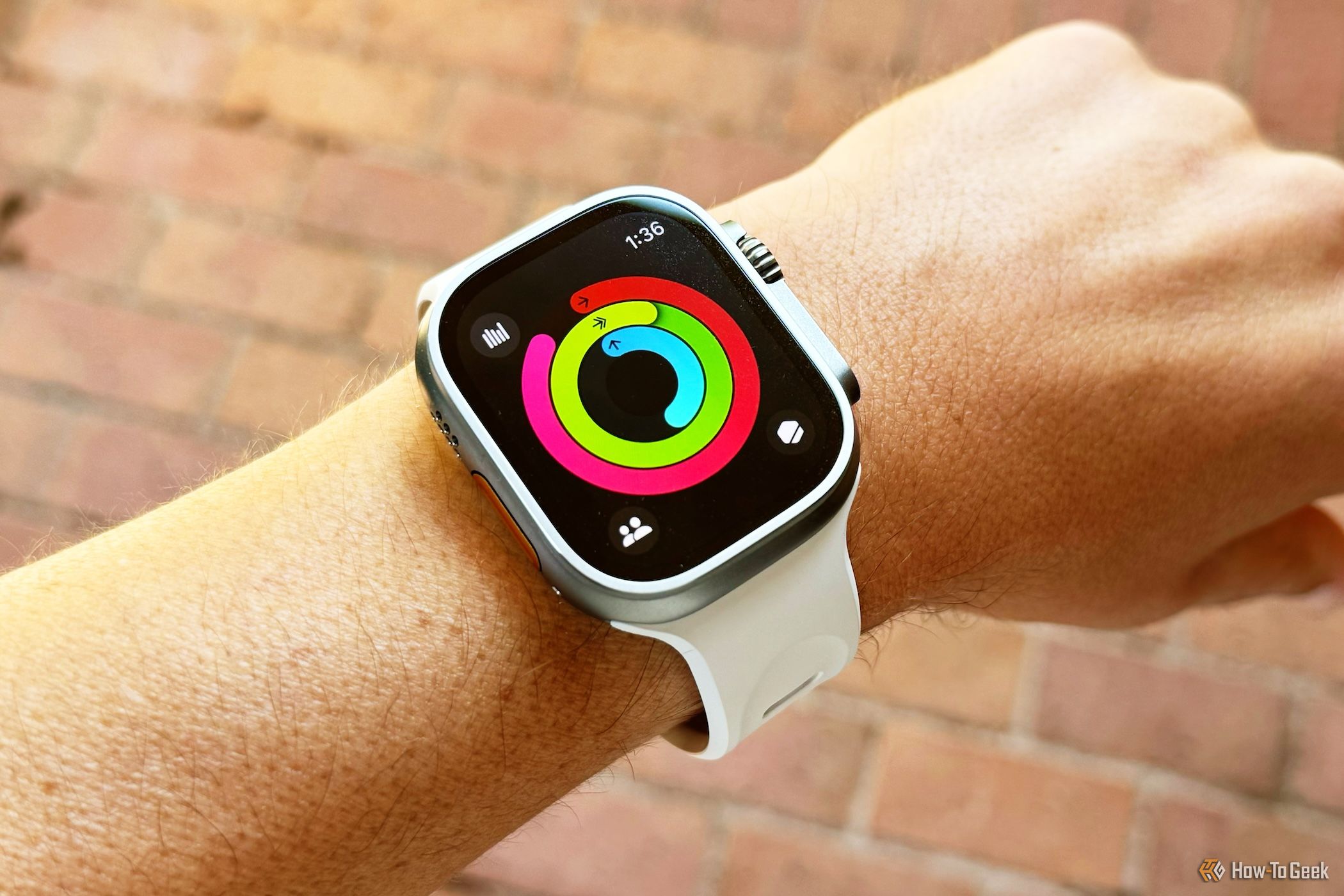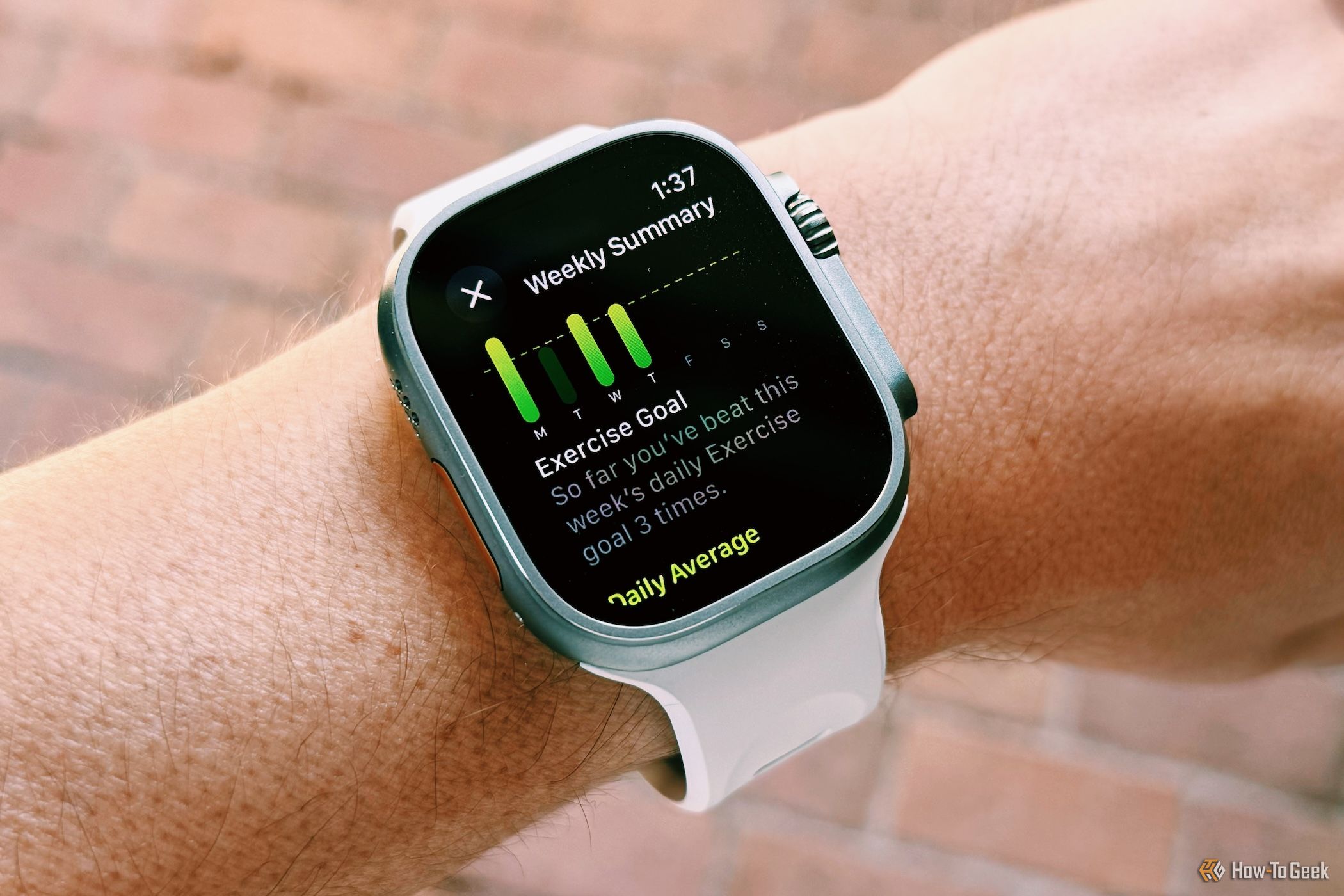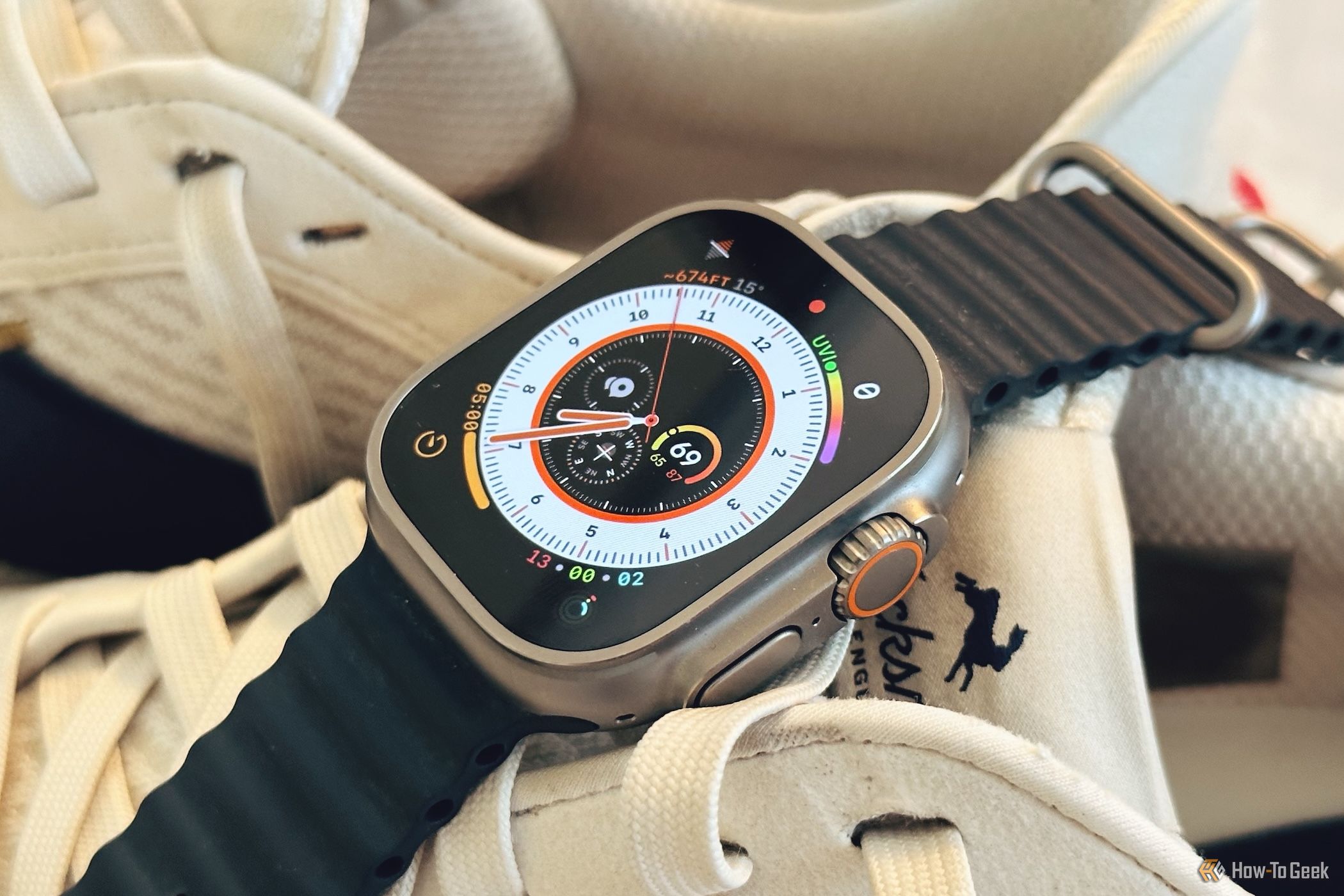
Key Takeaways
- Apple Watch’s ability to track routes and vitals while streaming music and podcasts has been valuable for the writer’s running, but it lacks proactive features for optimizing exercise and recovery.
- Other companies like Fitbit and Oura offer readiness scores that guide users on when to push themselves and when to take it easy based on previous activity, sleep, and other factors.
- The writer wants Apple Watch to acknowledge rest days and provide proactive suggestions for optimal sleep, nutrition, and exercise schedules based on personal data, in order to improve overall health and fitness monitoring.
A traumatic death in my life was the catalyst that pushed me into running around 2020, but the Apple Watch has ultimately helped keep me running a hundred miles a month since then. The Watch’s ability to stream music, podcasts, and audiobooks, in addition to accurately tracking my routes and vitals, has made it incredibly valuable. But after 4,500 miles, I now want more from the wrist computer.
Over the last couple of years, there have been steady and meaningful developments for health and fitness trackers. So recently, it’s starting to feel like my Apple Watch isn’t pulling its weight in being proactive to help me make the most of my running exercise.
Other companies are investing in figuring out when people should be exercising more and when it’s better for their bodies to take it easier. My Apple Watch already knows a lot about my daily schedule, my weight trends, my sleeping length, my heart rate, and even my local weather. Why is it not more proactive about the information it’s providing? Even on an opt-in basis. It’s time.
Apple, I Need Rest
There’s always a catalyst when re-assessing a product’s usefulness. For me, that point has shown itself to be the lack of rest days in Apple Fitness. I took up running organically and in isolation, so I had no formal training to guide me. I had time to run daily during Covid lockdowns, so I did. I was striving to complete the three Activity rings to be praised by my Apple Watch, which has long rewarded those prolonged streaks.
I pushed myself plenty of times to go on a run and close the exercise ring. In hindsight, I feel lucky to have avoided any serious injury by running more than I probably should have. It seems a little crazy that Apple Fitness isn’t promoting, recommending, or alerting people about a body’s recovery process.
It took me longer to learn than I’d like to admit that it’s beneficial to your training to take days off and vary the types of workouts you do to help your overall progress. After some time, it became apparent to me that I was overly fatigued. When I did begrudgingly take a day off, I noticed my running times were much better the next few afterward, compared to the two days before I rested. Over the years, I’ve also found it beneficial to mix in stretching, yoga, or HIIT workouts on the days I wasn’t running.
Right now, the Apple Watch doesn’t acknowledge the concept of a rest day. If you miss a day, a streak is broken. That even applies to having a streak broken because of illness. If you’re not completing your move, exercise, or stand rings each day, then you’re not doing well enough from the watch’s vantage point. Consistency is an important way to build habits, but pretending each of those three goals, represented as rings, will be met daily, indefinitely, seems a little unreasonable.
Am I Ready to Exercise, and if So, How Much?
Apple could introduce generic rest days, that it blankly recommends every so often. It could retroactively forgive missed days if you report being sick. But it seems like there’s a better way to help people push themselves physically and then help them recover so they can then be pushed further.
Fitbit and Oura, among others, have this idea of a readiness score. It’s a number that helps guide people to tackle their exercise based on previous activity, sleep, and other factors. The software learns from data and recommends which days people’s bodies are more prepared for intense activity and which ones are better to take it easy.
Here’s how Oura describes its Readiness Score: “Your Readiness Score is calculated by using your lowest overnight resting heart rate, body temperature, any physical activity from the previous day, and a few ‘balance’ oriented metrics including HRV, sleep and activity balance.”
And here’s how Fitbit talks about its solution: “Daily Readiness Score uses your Fitbit data to assess whether you’re ready to work out or should prioritize recovery. Over time, it will help you understand how your activity levels, sleep patterns and heart rate variability from previous days contribute to how energized you feel today.”
I want my Apple Watch to do this, too. The data is there.
Neither Oura nor Fitbit give away their readiness scores. Both companies put that information behind subscription services. If Apple feels the need to do the same, it already has Fitness+ that it’s probably underutilizing.
The Future of Health and Fitness Monitoring
Whether Apple would charge for extra Apple Watch features or not is a moot point for now. First, it needs more practical outlets for the data the watch sensors already collect. The Series 8 Apple Watch introduced a temperature sensor, but it’s mostly been irrelevant to a large swath of customers. The immediate future of health and fitness for Apple should be about uncovering personal ways the watch can better encourage wearers, in simple, practical ways.
There have been a few days over the last couple of months where I can barely convince myself to lace up my running shoes to complete my weekly running distance goal. In hindsight, I probably should have run an extra mile or two on other days, rather than try to hit the road every day. It would have been really helpful if, halfway through a run, my watch would have suggested running a longer distance. I was even wearing AirPods most days. Siri could have even asked quickly in my ear.
I hope Apple keeps investing in sensors, too. This year, the Google Pixel Watch 2 introduced stress monitoring. It will alert you to stressors, usually in retrospect, as a way to help deal with or avoid situations that might not be healthy.
That’s absolutely a feature I want my Apple Watch to have. But, most importantly, I just need whatever sensors are justifying the Apple Watch’s cost to be used for actionable information.
In the longer term, what I really want is for the device that’s on my wrist every day to offer more proactive suggestions with the wealth of data it collects. We’re not there yet, but I’d like the Apple Watch to suggest things throughout the day that can impact my physical and mental health.
For example, What time should I go to bed? What type of food or portion sizes should I have at dinner? Based on my daily schedule, when should I go for my run? If I tell it my running distance goal for the month, can it suggest the optimal schedule to accomplish that task and keep me refreshed? It shouldn’t just monitor my steps, calories, and sleep. It should offer suggestions based on that information.
The Apple Watch has helped numerous people catch heart issues and be tuned into their bodies in a way they weren’t before. It helps with falls and in times of other emergencies. The watch absolutely keeps getting better every year in some ways, but in other basic, core functions, it feels like it’s starting to fall behind. The device was a tremendous help for me to get started running, but for it to really continue to help people like me, it needs some work—starting with the concept of rest.








